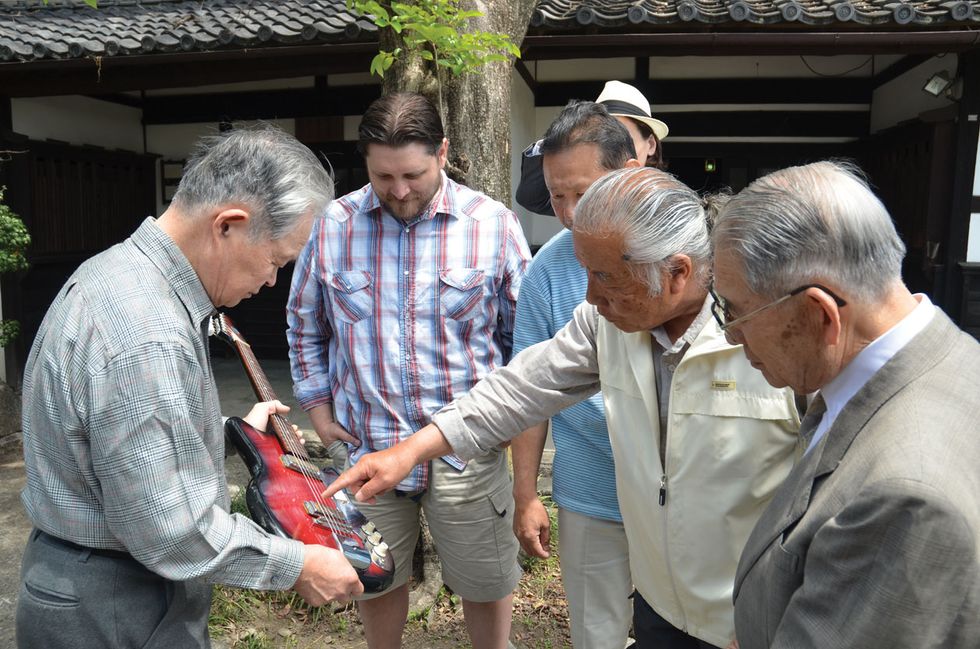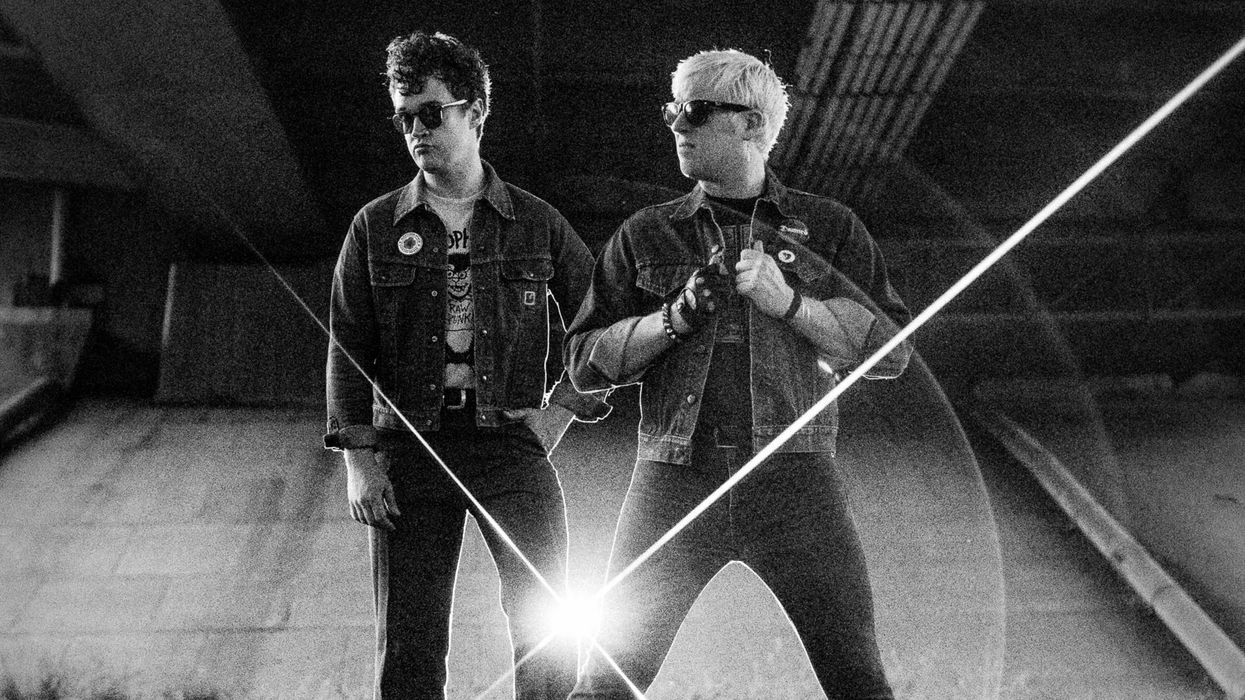Like most of you leafing through these pages, I enjoy guitars and effects and amps and gear. But I lean more toward the mystery guitars. The bizarre gear. The rare and vintage stuff not on everyone’s radar. And I’ll you make a vow right now: If you read this column, you’ll learn something new. Consider this a guitar education that combines the history, people, and times that brought us the gear we love.
We’ll kick this series off with the story of my first electric guitar. Like most kids starting out on guitar, my parents didn’t buy me a Fender or Gibson. I got a Marvel EJ2 (Photo 1). Whoa! Maybe you started out on an Aria, an Ibanez, or a Harmony, or one of the hundreds of different electrics that were destined for the straining fingers of young rockers. More guitars were sold in the 1960s than any other era since, so this interesting gear was—and still is—cheap and plentiful. But because I’m naturally inquisitive, I wanted to know where this guitar originated. I was strangely interested in the gold pickups, the clamshell-looking tremolo, and the weird logo. Was Marvel a factory that produced strange guitars? Was it connected to Marvel comics? I just had to solve the mystery behind this guitar, and it gnawed at me in the down times when I was practicing fuzzed-out riffs in my bedroom. Everyone I’d ask said, “It’s a Teisco.” But by this time, I’d bought so many cheap vintage guitars in pawnshops that I knew subtle differences between brands.
methods evolved over time.
I sent emails out into the atmosphere, and a few prayers were answered in the form of Google-translated communication. I learned about Fujigen and how the company was started in 1960 when the founder, Yuichiro Yokouchi (who is still alive and well) decided to convert his cattle barn into a guitar factory. And then I found out about an American named Anthony George, who owned several music stores in upstate New York and had visited Fujigen in the early days when he was looking for factories to make his own electric guitars. (Ever hear of St. George guitars?) Mr. George had helped the folks at Fujigen better understand guitar construction, and together they designed the first model in late 1962, called the “EJ.” Then I discovered the wood used to make these guitars was well over 50 years old (remember, this is 1962) and came from a large factory called Matsumoku. This factory would go on to produce some very fine guitars until the 1980s, but at that time, Matsumoku had just lost a contract from the Singer Co. to make wood cabinets for sewing machines. So the factory simply used its impressive stock of wood and shifted to guitar production.
Then I was able to learn about the guy who made the pickups. Toshizumi Tezuka was the electrician hired to install lights in the old cattle barn, who was then tasked to reverse-engineer an old Gibson ES-100 single-coil. Using the parts and resources he had at the time, he made his own winder using a washing-machine motor and sourced wire and magnets from old speakers to make the first-ever “gold-foil” pickups in Japan. His apprentice at the time became so interested in guitars that he went on to form his own company, eventually called Maxon. (Tube Screamer anyone?) Heck, I even learned that the metal parts were stamped out by Komatsu Ltd., which is still in business.
Tomohisa Yamazaki (left) and Toshizumi Tezuka (pointing at the pickup) inspect the Marvel EJ2 they helped create
in 1963 at the Fujigen factory.
I also found out about the man who painted my guitar in 1963, and who still works in Matsumoto as a finish master. Tomohisa Yamazaki is literally called the “God of Painting” in Japan, and he can actually date guitars by how his burst methods evolved over time.
Because most of the people who made my first EJ2 were still alive, I just had to fly to Japan and meet them. So off I trekked on a 12-hour flight to the town of Matsumoto. I returned my first guitar to the founder of the company and also got to meet many of the original employees (Photo 2), some of whom were (and still are) working at Fujigen. Before I left, I was given the original EJ guitar prototype that was handcarved and made in conjunction with Anthony George.
So people, that’s the story of my first guitar and the spark that ignited my passion for discovery. And every month, I’ll share another tale from this ongoing quest.
Frank Meyers is the author of The History of Japanese Electric Guitars and runs the website DrowninginGuitars.com. He has been collecting and repairing guitars for 30 years and is primarily interested in unique, eclectic gear and shedding light on the people and history that contribute to our love of music and guitars.
Watch the video demo:




















